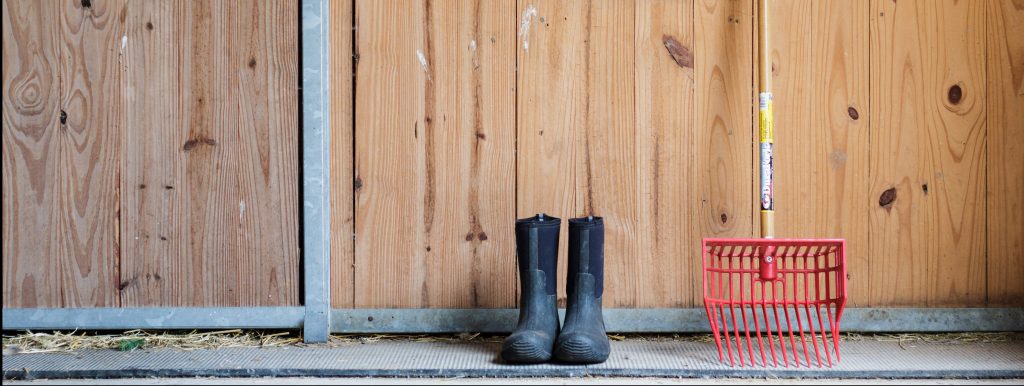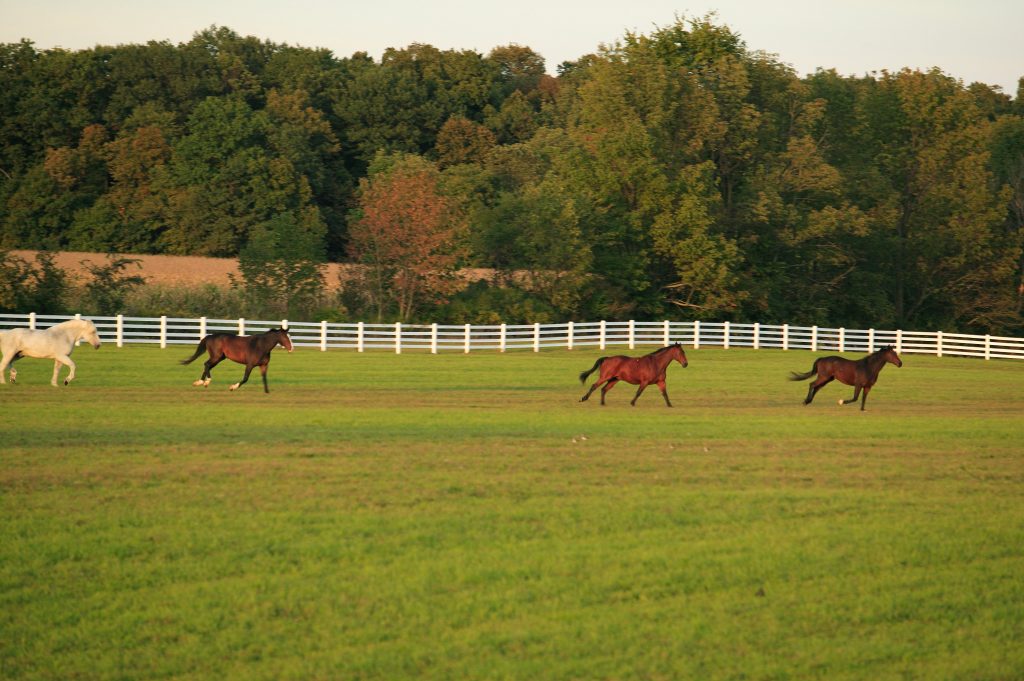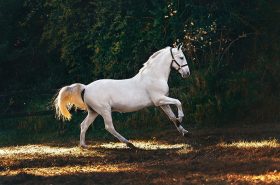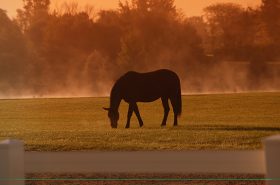Sometimes life happens and we find ourselves in situations we did not expect.
For example, losing or finding a new job may lead you into a move you did not expect. Or maybe, the property or farm that you have always had your eye on is for sale and now you know it’s time to purchase it. Or perhaps, even harder, the loss of a loved one prompts a move.
We are in the middle of a move, for the 8th time, which is about 6 or 7 times too many for me :). Moving is one thing, but moving with the farm and horses is another story. I’m sure many of you can relate, the thought alone was unnerving. But after a few blinks of an eye, we all decided that it was a good idea for us. Moving with horses can be the beginning of a new adventure on a positive note.
Where to start, don’t become overwhelmed.
For myself and my family, I felt the first place to start was with our home. We needed to get the old house boxed, moved and then semi-livable in the new home before starting to get the yard, barns, and horses ready to go. Depending on how much time you have to make the move, work backward and plan your schedule to be able to be out of your old home and farm within your goal time. This process can be made easier by writing goal dates down ahead of time and do your best to stick with your dates.

Plan to move the most important furniture and boxes first to the new house. For us, setting up beds first and fully making them with sheets, blankets, and pillows, was a priority. At the end of a moving day, there is nothing better than your own bed, made and ready for you to rest! Equally important is food. Plan to make a crock pot of food or have cold cuts, bread and fruit at the new house when you first arrive. Include plastic glasses, paper plates, plastic dinnerware, and paper towels or napkins. That way no one will get ‘hangery’ during the longest stretches of the move. Better yet, when a friend or family member asks if you need help, see if they can bring food to take some of the load off of yourself while you are so busy.
Pre-pack some needed groceries, condiments, cleaning cloths, dish soap, band-aids, bathroom essentials, and towels together. Also, be sure to have any medicines that you or family members use on a daily basis. That way when you get to the new home, you can easily unpack a box or two with these essential items. Everything else can then be packed and you won’t be looking through endless boxes trying to find that one thing that you need.

As you pack, mark each box with the room it belongs to on the tape that closes the box. That way when you pull the tape off, the box can be reused without confusion as to where they should go. Then, anyone helping can put them in the proper room for you. To go a step further, tape an index card onto room doorways with the name of that room that matches the box name. Your help can unload boxes easier and not ask you so many questions.
What’s next??

The barn was next and we decided to do it in sections. We wanted our horses to stay at the old farm until we moved most of the contents. That way we would have the horses new areas ready for them when they came. We prioritized again, keeping in mind what equipment could move right away and what should stay to keep the farm nicely mowed and for the care of the horses.
- Tack room, brushes and small tools (hoses)
- Harnesses, buggies, blankets
- Tool Room
- Garden and outdoor tools
- Larger tractors and equipment
- Most stored hay and grain, buckets
- Bedding and anything else
Additionally, we had decided where each section would go to the new farm so we could have the organization of each area once moved. Only minimal needed equipment was left behind until the final moving day with the horses. I made sure we secured like things together, for example, bridles, leads, extra halters, and complete harnesses so that they did not get mixed together. Blankets were folded and put into larger plastic wash baskets that were easier to carry and stack as tack trunks were used for smaller things from the barn.
We readied the new sheds at the new location and makeshift barn for the horses (a new barn is in the works for spring). We made sure all the comforts of home would be there for the horses before they came. Mouse-proof plastic grain bins were filled with grain and the hay was stacked and ready for use.

Lastly, we brought the horses home. We made sure they knew their boundaries and where water was located. Happy hoofs kicked in the air as the horses ran and settled into their new surroundings. Shew! We did it! Step by step, chunk by chunk. It’s so much easier to divide and conquer than to try to approach a large job without a good plan. At this point we were able to hang tack, place saddles on racks and find the right place for needed accessories, grooming items and all those things we sometimes take for granted that are ‘just there’. That’s the fun part.
Next year we look forward to building the new barn and laying out the pastures. For now, our horses are settled and well ready for the colder months ahead. We will get our overhead view of the land and start to work on designs with a bridle path and pastures with catch areas. Ultimately, we want the paddocks and barn to work for us and eliminate extra walking and offer easy access to the barn.
~~~~~~~~~~~~~~~~
We feel privileged to go through the process of barn and fence building once again, as many of our friends and customers at RAMM Fence do when we talk to them daily. This farm will be dedicated to Mike Disbrow, CEO, RAMM Horse Fencing and Stalls.



